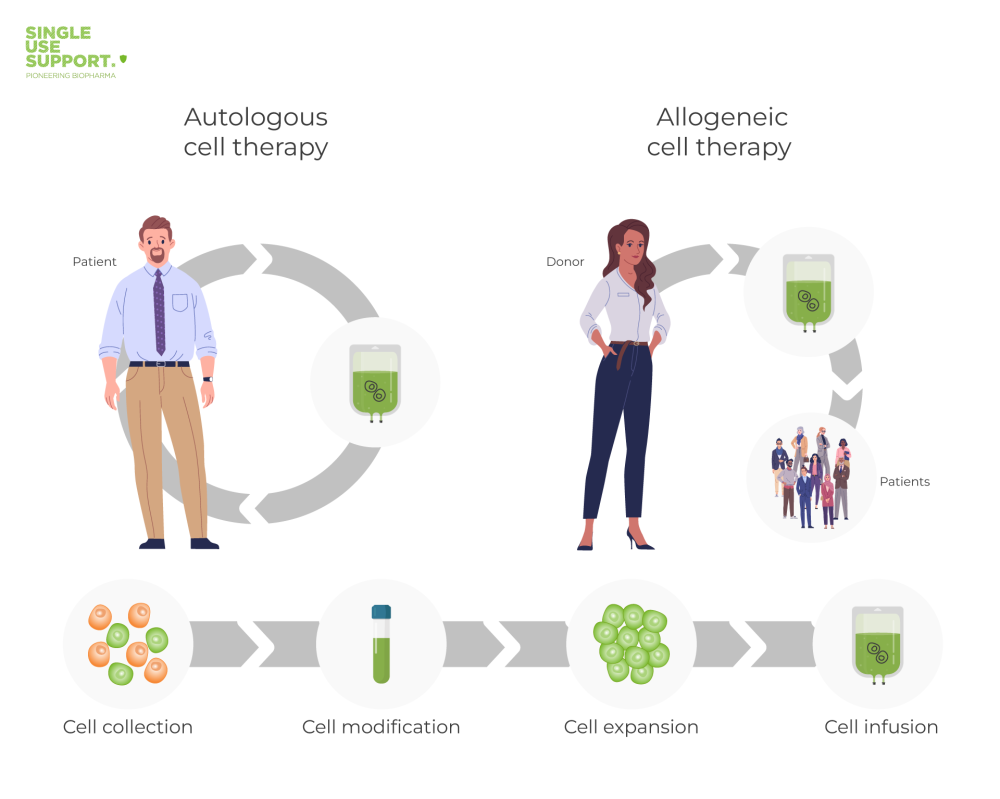[/image][=video]
[/video]
There are several kinds of stem cells. In general, the term stem cell refers to a group of cells that trigger various other cells (like skin, blood, heart, and muscle cells) by replicating and separating in feedback to chemical hints. Totipotent stem cells show up at the earliest phase of growth and are the only stem cells which can produce embryonic stem cells and the placenta.
Bone marrow transplant (BMT) is an unique treatment for people with specific cancers cells or other conditions. A bone marrow transplant entails taking cells that are normally located in the bone marrow (stem cells), filtering those cells, and providing back either to the contributor (individual) or to another person. The objective of BMT is to transfuse healthy bone marrow cells right into a person after his or her own harmful bone marrow has actually been dealt with to kill the uncommon cells.
The blood cells that make other blood cells are called stem cells. The most primitive of the stem cells is called the pluripotent stem cell.
It is the stem cells that are needed in bone marrow transplant. The goal of a bone marrow transplant is to heal lots of conditions and kinds of cancer cells. When the dosages of chemotherapy or radiation needed to treat a cancer are so high that a person's bone marrow stem cells will certainly be completely harmed or ruined by the therapy, a bone marrow transplant may be required.
Hormone Therapy local to Southgate
This process is usually called rescue. Replace bone marrow with genetically healthy operating bone marrow to avoid even more damages from a genetic condition process (such as Hurler's disorder and adrenoleukodystrophy). The threats and advantages must be weighed in a thorough conversation with your doctor and specialists in bone marrow transplants prior to the procedure.
There are various sorts of bone marrow transplants relying on who the donor is. The different sorts of BMT consist of the following: The benefactor is the individual himself or herself. Stem cells are taken from the patient either by bone marrow harvest or apheresis (a process of collecting peripheral blood stem cells), frozen, and after that repaid to the client after intensive therapy.
The benefactor shares the exact same hereditary kind as the individual. Stem cells are taken either by bone marrow harvest or apheresis from a genetically matched contributor, normally a sibling or sibling. Other contributors for allogeneic bone marrow transplants may consist of the following: A haploid-identical match is when the contributor is a moms and dad and the genetic suit goes to the very least half the same to the recipient.

Matching entails keying human leukocyte antigen (HLA) tissue. The antigens on the surface of these special white blood cells determine the genetic makeup of an individual's body immune system. There go to the very least 100 HLA antigens; however, it is thought that there are a few major antigens that establish whether a donor and recipient match.
Clinical research is still investigating the role all antigens play in the process of a bone marrow transplant. The more antigens that match, the better the engraftment of given away marrow. Engraftment of the stem cells occurs when the contributed cells make their method to the marrow and start making new members cells.
Medical Group
All individuals work with each other to provide the best opportunity for an effective transplant. The team consists of the following: Medical care providers that specialize in oncology, hematology, immunology, and bone marrow hair transplant.
Experts who will certainly aid you meet your nutritional demands prior to and after the transplant. They will certainly work very closely with you and your family members. Specialists who will assist you become solid and independent with activity and endurance after the transplant. Chaplains that provide spiritual care and assistance. Several various other group participants will examine you before hair transplant and will certainly provide follow-up care as needed.

A total medical background and physical examination are done, including numerous tests to review the client's blood and organ functions (as an example, heart, kidney, liver, and lungs). A person will typically enter the transplant center up to 10 days before transplant for hydration, evaluation, positioning of the main venous line, and various other prep work.
Blood products and medicines will certainly be offered via the catheter during treatment. For an allogeneic transplant, a suitable (cells keyed in and matched) benefactor should be readily available. Discovering a matching benefactor can be a tough and extensive process, particularly if a sibling match is not readily available. Voluntary marrow benefactors are registered in several nationwide and international windows registries.
Contributor resources available consist of: self, brother or sister, moms and dad or family member, nonrelated person, or umbilical cord from a related or nonrelated individual. There are nationwide and worldwide computer system registries for nonrelated individuals and cable blood. Some family participants might be entered due to the need to aid. These family members might or might not elect to have their type signed up for usage with other receivers.
Regenerative Therapy
Tests associated to his/her wellness, exposure to infections, and genetic evaluation will be done to determine the extent of the match. The donor will be given instructions on exactly how a bone marrow contribution will be made. As soon as a match for a client needing a bone marrow transplant is found, after that stem cells will be accumulated either by a bone marrow harvest.
Or by an outer blood stem cell collection. This is where stem cells are gathered from the flowing cells in the blood. Of both, peripheral blood stem cell donations are currently much more common. Cord blood has actually already been collected at the time of a birth and kept for later usage.
Navigation
Latest Posts
Menopause Therapy
Hormone Therapy
Medical Group in Southgate, Michigan